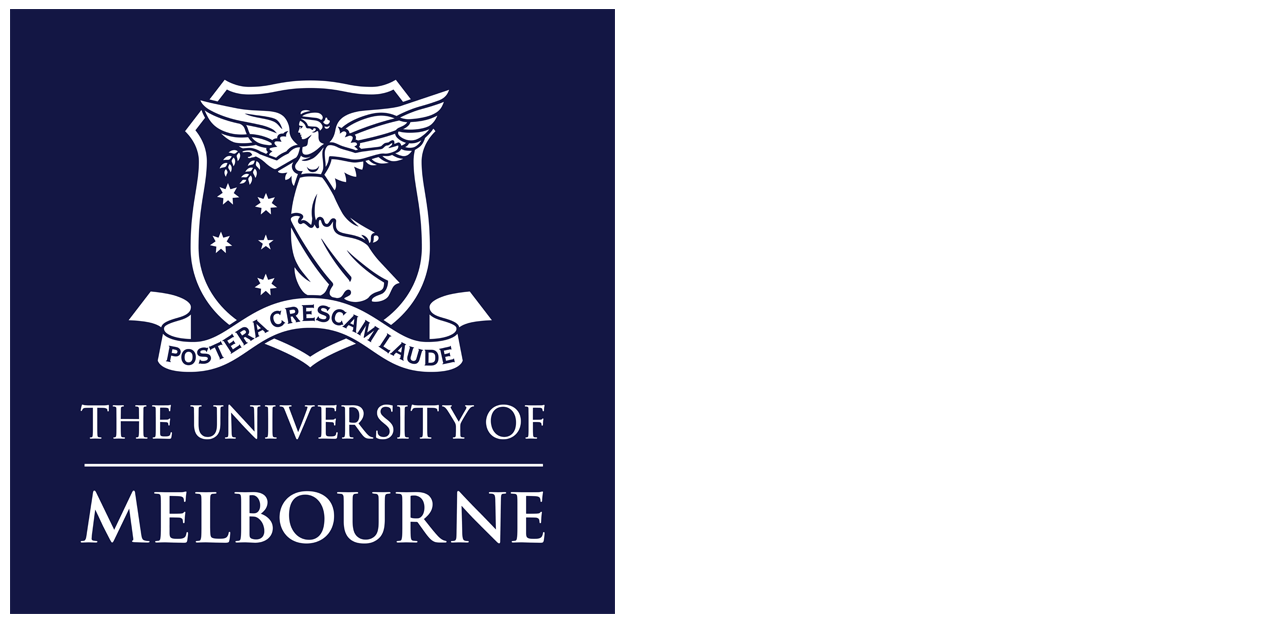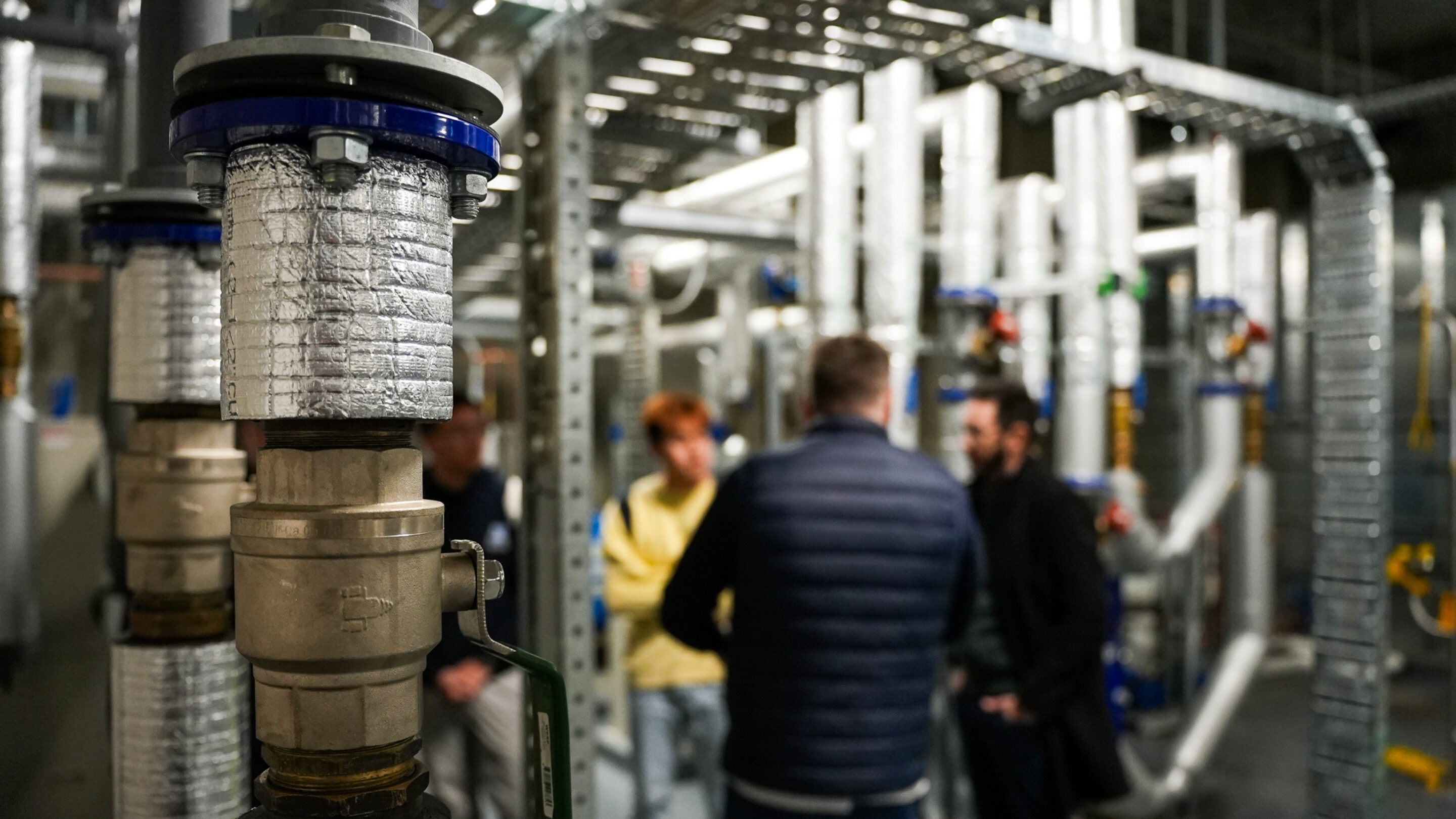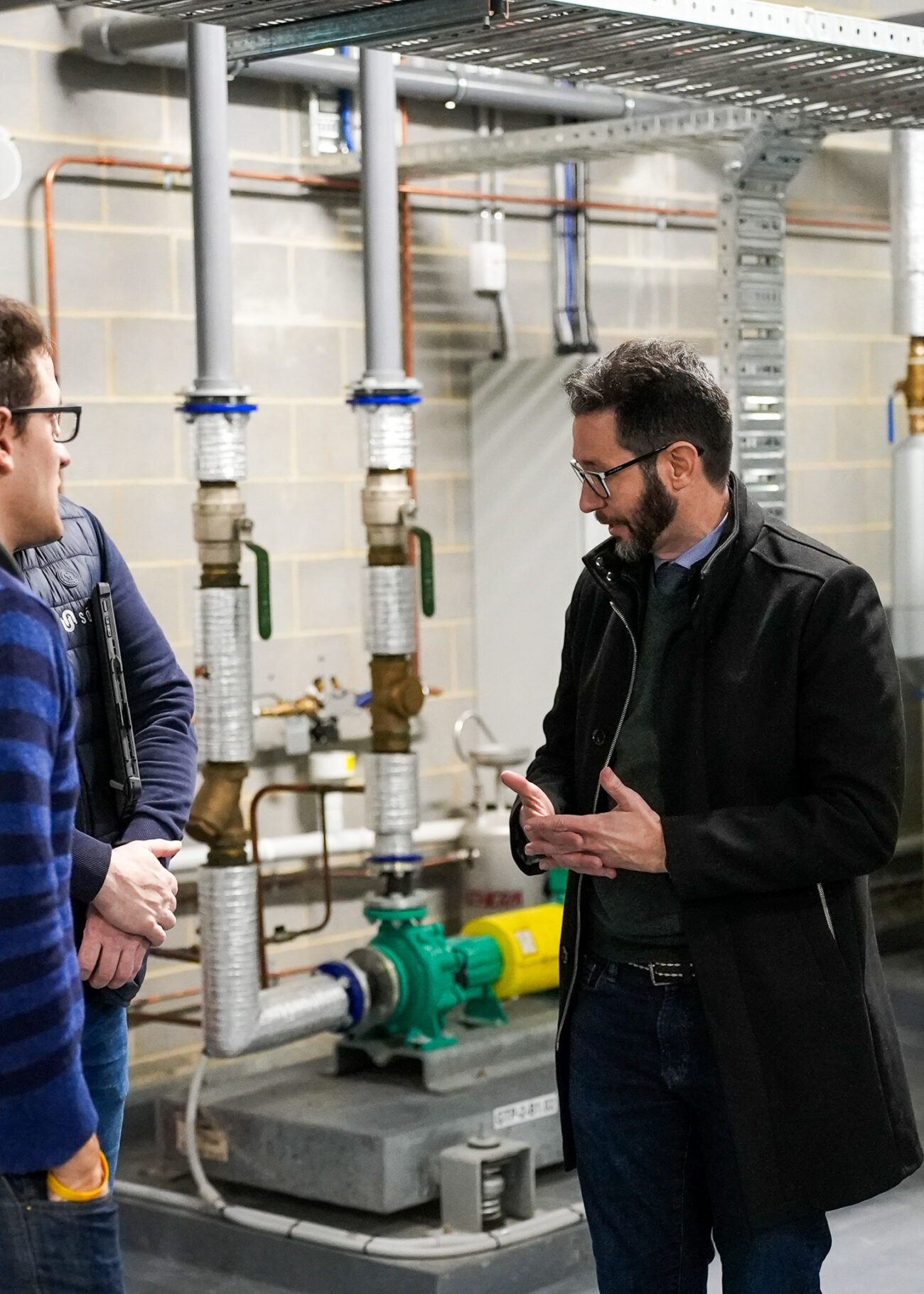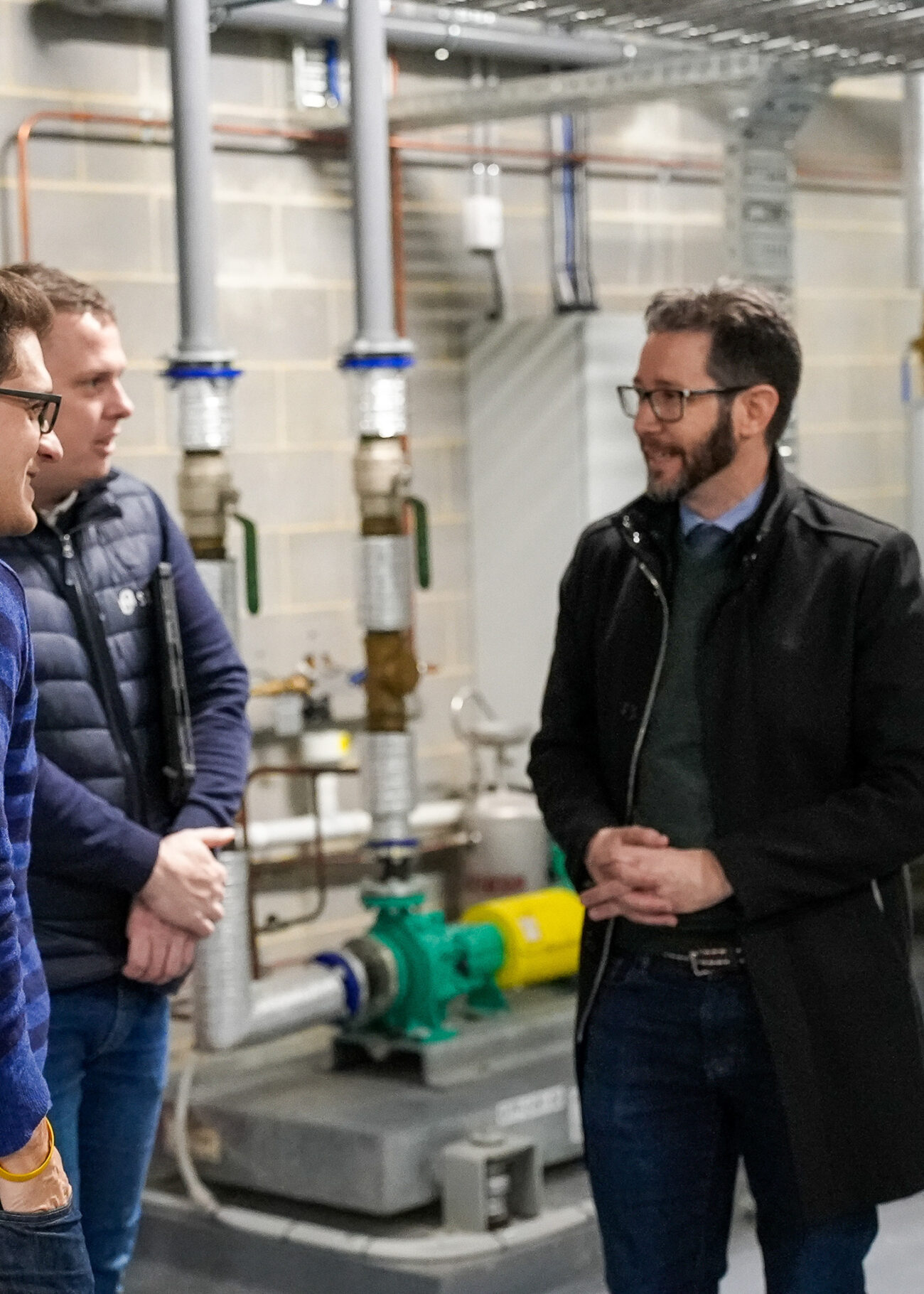

Professor Guillermo Narsilio began his research into shallow geothermal systems more than a decade ago. After his studies in Argentina and North America, he had the chance to put his research into practice upon his arrival at The University of Melbourne, and Melbourne Connect proved to be the perfect testing ground.
In the early conceptual stages of Melbourne Connect, Professor Narsilio and his team worked alongside Lendlease and the team in charge of the construction of Melbourne Connect, utilising the new infrastructure to showcase how shallow geothermal systems could become essential but beautifully simple piece of the puzzle in our ongoing fight against climate change.

Can you please tell us what your role here at The University of Melbourne is?
I'm Professor Guillermo Narsilio and I am Deputy Head of the Department of Infrastructure Engineering here at The University of Melbourne, and my specialisation is in geotechnical engineering.
Can you talk a bit about what led you to your current role at the University?
I was born and raised in Argentina, which is where I completed my civil engineering degree. When I finished my undergraduate study I worked for one year before going to North America to complete my PhD and masters degrees at Georgia Tech in Atlanta. I then moved to Australia as a postdoctoral reseacher working on soils and clays and how they behave. That was more than 17 years ago now, and I gradually started working more on sustainability and renewable energies in that time. This all led me to start working on ground source heat pump systems or shallow geothermal systems, which is a very efficient way to heat and cool buildings using the ground.
Was there something in particular about The University of Melbourne that attracted you as an engineering researcher?
Perhaps it was the adventure and the distant land and all of the good things I would read about the country and in particular the University, which at the time was ranked number 19 in the world. So that was a great attractor to me and my family to at least explore the culture. For the first three years I was on a contract, and we loved it so much that we decided to stay.
What appealed to you about the field of engineering and in particular, geotechnical engineering?
During my teenage years when I was deciding what to study I knew that I liked math and physics, but I thought to myself, if I go for those professions, I will end up working only in schools or universities, which I felt was not the right option for me at the time. I wanted to go to the workforce and make a difference from within industry.
The next best thing after physics and mathematics was engineering, and in particular, civil engineering. It was perfect because the first few years was math, chemistry and physics, and the later years were more technical. Later I decided to specialise in soils and rocks, and the reason for that is because unlike other man-made materials, these are so different. As materials, they felt unpredictable and that that was a challenge I enjoyed.

What changed your mind about wanting to be working within the industry to then eventually pursue a career in academia?
Part of it was opportunity and the other part is that I like challenges. I think that I continue pushing myself to new challenges and that led me to my PhD and postdoctoral research. I still contribute to industry through the university work, and that's also very rewarding. So I think that I got the best of both worlds with a bit of a compromise of staying longer in academia than industry.
Can you tell us a little more about the areas of geotechnical engineering that you specialise in?
I specialise in the part of civil engineering devoted to the study and understanding of soil and rocks. These materials play a vital role in construction projects, this building’s foundations are on soil and rocks for example. So that was quite attractive to me and that's what geotechnical engineering is primarily. 12 years ago I started going in a direction that was not traditional geotechnical engineering, but was a convergence between energy sustainability and renewable resources. I thought of thermal energy and how it could be harnessed in the most economic way for our clients. That's where I started my work on shallow geothermal energy systems with a focus on those elements that are in contact with the ground.
I understand you played quite a large role in the thermal geothermal system of Melbourne Connect. Can you tell us a bit about that project in particular?
When we first learned about Melbourne Connect back when it was in the early planning stages we thought, ‘we need to demonstrate the technology in this part of the world and what better place to do it than in our own home’. There was a call for ideas, and we submitted this idea of sourcing the heating and cooling for the building using the ground underneath the building, and that led to the two systems that we have in this building. Many people do not know about them because they're buried, so you need to really point out that they exist here. These systems are not satisfying 100% of the heating and cooling for the precinct, but a portion of it.
The idea was to really demonstrate that it works, it's doable, and it's not rocket science. So we did install a traditional borehole geothermal system. There are a number of boreholes going and between 50 and 100 meters under the footprint of the building that are generating around 100 kilowatts of thermal energy. That's for both heating and cooling. We have a much smaller structure system that allowed us to use the foundations of the building itself to install the geothermal system, so those footings serve a dual purpose, both for the foundations of the buildings so it stands up, but also to exchange thermal energy. By doing this work at Melbourne Connect, we demonstrated to industry partners that we can make it work. The installation of this geo-thermal system was certainly not an individual effort, and I'm so lucky to have worked with a brilliant group of students at the Master and PhD level to see this through to completion.

Can you explain in lay terms how geothermal systems actually operate?
A shallow geothermal system uses a pump to exchange heat with the ground. The ground temperature throughout the year is fairly constant and is generally pretty close to the mean temperature of the region. If we take Melbourne for example, if you go between five and 200 meters below the ground, the temperature is around 18Cº. This temperature remains fairly constant throughout the year, unlike the air temperature, which can be very cold in winter or very hot in summer.
So we use the ground as a source of heat or as a sink of heat. In summertime we want to cool the building, and with most traditional cooling systems, they are extracting heat from the building and rejecting it out into the air, which is already hot, so they’re rejecting heat to a hot sink. In comparison, the ground is relatively cooler. So it takes much less energy to run a system that rejects this heat from the building to the ground, which means it’s more efficient throughout the year. In winter, the opposite happens.
The way we do this is we embed plastic pipes into the ground. We typically cycle water through them, or water and antifreeze solution if needed. That water then picks up heat from the ground and returns it to the building. The air that returns is generally only a few of degrees higher, but the heat pump can upgrade this differential of three degrees to whatever temperature you want for your building. For every kilowatt hour that you put into the system to run the heat pump and to move water to the pipes, you can get easily five or six kilowatts of thermal energy from it.
How does the geothermal system that we have here at Melbourne Connect stack up against other geothermal projects that you've been involved with?
This system is relatively small, but remember that this was conceived around 2015, so we're talking about seven or eight years ago. At that time the industry was very small and the knowledge base was really minor. So it was hard to convince or persuade the decision makers of the low risk that the technology imposed and we viewed this more as a test case. The hope was that once they see the system working efficiently that they will want to implement similar technology on campus with any future building projects.
How do you see the geothermal energy industry progressing into the future?
Action to mitigate the effects of climate change requires concerted effort, and no single piece of technology will solve it all. I and many other people believe this is part of the combination of technologies that will help us get over the line, and that is both for the generation of energy as well as reduction of the need for energy. If you asked me this question ten years ago there would have been one or two companies around the world doing this work. Nowadays, there are many more, and more and more people are moving in that direction. The University of Melbourne and the Faculty of Engineering and I.T. have played a big role in getting the word out to our partners and I have seen a steady increase in both the number of companies and industries involved in research projects.
This industry will continue growing alongside other technologies that allow us to reduce our carbon emissions, so I see a bright future in geothermal systems. The main constraint for the growth of this technology is the capital cost. You need to invest quite a bit to embed these pipes into the ground, so the best way to reduce that capital cost is by working alongside the construction team doing the foundations of building works. If you can use the building foundations to run the pipes, this helps reduce installation costs. It's much quicker that way.

How difficult is it to retrofit this type of technology to existing buildings?
It is a thing and it is possible, but it is harder than do it in your build. We have retrofitted, in fact, 50 homes between 2010 and 2015 in the State of Victoria. There are economies of scale, when you have a residential development, for example, you're not doing just one home, you may do dozens at a time and that reduces capital cost dramatically.
What countries stand out to you as being ahead of the curve in terms of geothermal infrastructure and implementation?
Those would be the ones that put some incentives in place, North America, northern Europe, even Korea offered a 50% rebate for large scale installations. So they're ahead of the curve. Sweden in particular with boreholes and trenches for energy structures. There is a large knowledge base here in Australia, but you do need to have these incentives in place, you have to partially subsidise that capital cost to see large scale uptake, which we don't have here in Australia yet. Hopefully this happens in the near future.
Thanks very much for your time Guillermo, it was great to learn more about what’s keeping us all at a comfortable temperature in our wonderful precinct.